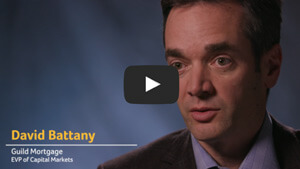25 or 50?
Since I have been on vacation since Valentine’s Day, maybe it’s still apropos to say, “Roses are red, violets are blue, this hawkish Fed is content sending rates to the moon!” Fed Chairman Powell’s hawkish tone in front of Congress this week (at least temporarily) dashed hopes of slower rate hikes or reductions. Today’s payrolls report was solid, with the economy adding 311k jobs in February. Prior months were revised lower, unemployment rose to 3.6% (from 3.4%), and earnings were up slightly.
While I’m not ready to lean toward 50 basis points as the outcome of this next Fed meeting, events this week likely will lead to a higher peak interest rate than investors had been expecting just weeks ago. Central bankers appear worried about a cycle in which workers seek higher pay to offset the increasing costs of inflation, and in turn trigger more price increases. In fact, inflation remains high in large part because people have jobs and earn enough income to cover stubbornly expensive housing costs. Robust hiring is good for the economy and workers, but elevated pay growth puts added pressure on the Fed to bring down earnings.
Did you miss it? Our Market Commentary – Special Feature post reviewed changes to the Loan Level Price Adjustment (LLPA) matrix, Wells Fargo’s exit from the correspondent lending space, and the U.S. breaching its debt ceiling.
Sticky Inflation
As U.S. inflation receded over the past few months, some economists warned that inflation would be sticky, meaning it would seemingly retreat only to gum up the works again. That feared persistence could push the Fed to raise rates for longer. Precisely how much higher the federal funds rate will need to go and for how long policy will need to remain restrictive will depend on how much demand is slowing, supply challenges are being resolved, and price pressures are easing. This puts a lot of weight on the Consumer Price Index this upcoming Tuesday (we will also have another look at PPI prior to the Fed’s rate decision on March 22).
There exists a raging debate among economists over whether we’ll need a sharp rise in unemployment to keep inflation low.
Banking Sector Woes
One thing that would lead to the Fed quickly halting its tightening regime are troubles in the banking sector, and we had a pretty big bond rally the latter half of this week with some bank news regarding Silicon Valley Bank. Silicon Valley Bank announced it needs to raise $2.25 billion in new capital to shore up its balance sheet through two offerings and a private placement to offset a $1.8 billion loss on some bond sales consisting mostly of low-interest U.S. Treasuries, sinking its stock price by more than 60%.
Too many customers tapping their deposits at once, known as a “bank run,” can trigger sector contagion. Banking crises have a tendency to spread into unanticipated spaces (e.g., the subprime crisis freezing up the commercial paper market). We have been seeing bankruptcies in the commercial mortgage space, so this is something to keep an eye on. For mortgage originators, this means even tighter credit from warehouse banks and liquidity risk for non-QM products. This also means an even more inverted yield curve as investors flock to safe assets. In fact, the 2s – 10s spread went negative more than 100 basis points this week, which is the most inverted the yield curve has been since just before the 1981-82 recession.
Ready for some good news? That flight to safe assets, such as MBS (which are more or less guaranteed by the government), would lead to much lower rates. Additionally, purchase and refinance mortgage lending are expected to hit a floor in the first quarter of 2023. The overall economy remains robust, driven by a robust labor market and resilient spending. Though the Fed’s timeline for snuffing out high prices is hard to predict, and an inverted yield curve creates headwinds for those such as mortgage companies that are borrowing short and lending long, volatility should come back down as investors are getting close to coming to terms with the peak of the Fed’s tightening cycle.



